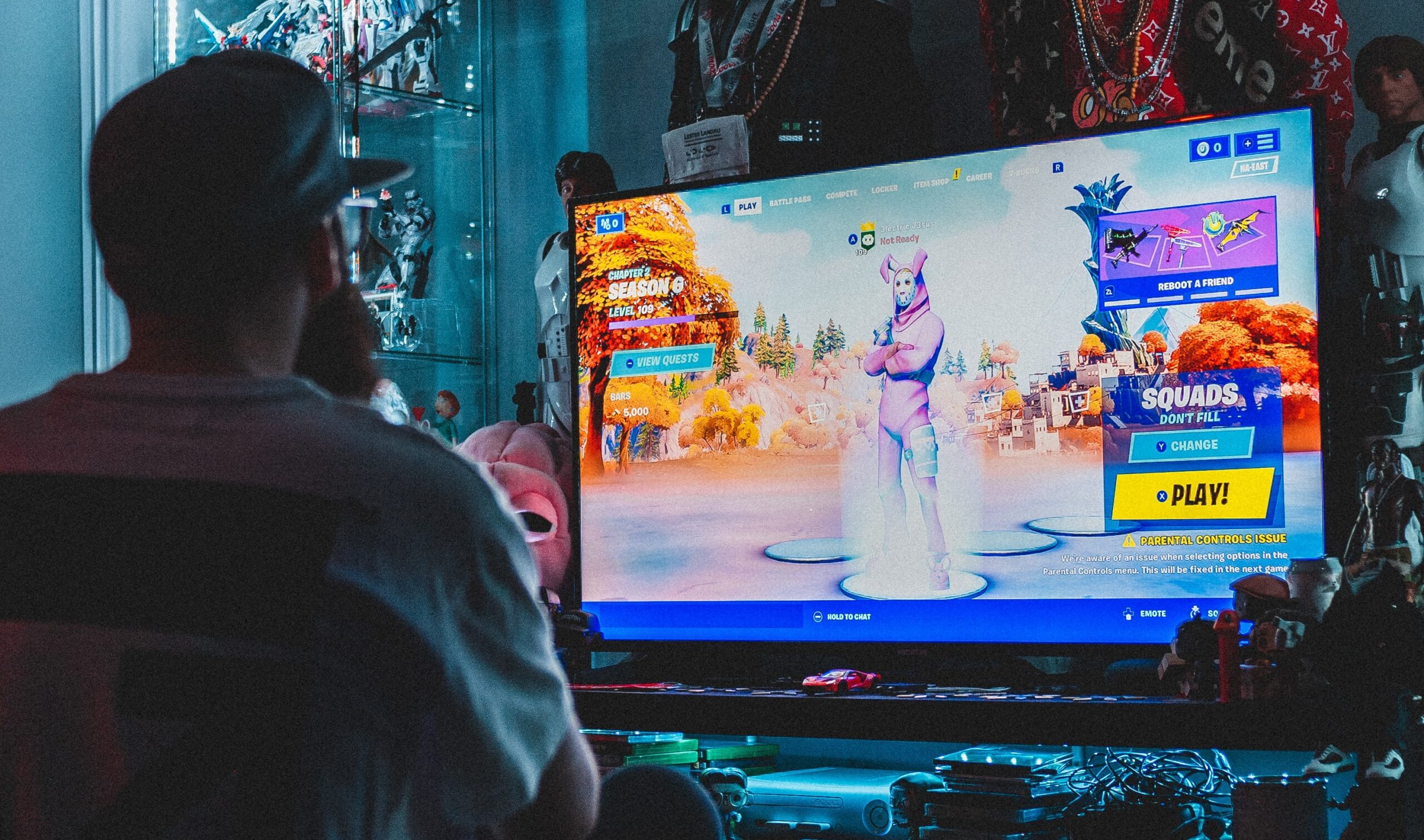Avatars – what are they used for?
The Avatar is nothing more than our representative in the virtual world. Whether virtual reality, computer game or discussion forum. From small graphics to an accurate model that reflects us the way we want it to be.
In Internet forums, they serve to represent users and their activities, to personalize their statements. They may point to different parts of their personality. Social media such as Facebook (now Meta) and Twitter have spread the idea of creating profile pictures and accustomed users to fully identifying with their profile. In social networks, there is also a practice – uploading avatars instead of the actual photo. A profile picture like this is a unique graphic that represents the identity of the user. Depending on whether it is a profile of a person, a product or an entire organisation. Using avatars as profile images can sometimes increase the social presence of users. This promotes reciprocity and the exchange of online behaviour.
A study of society’s response to avatars conducted by researchers at York University found that users are much more likely to choose those that correspond to human appearance. A small peculiarity – “Avatara” in Hinduism means the incarnation of a deity who descended from heaven to earth😊

In computer games, avatars have been established a long time ago and are not only used as an image associated with our account, but also as an entire character that we control and are visible to other players. It is a kind of business card in the virtual world, and the range of possible personalization is growing. This often includes the smallest details. From eye colour, body shape or movement style, to the degree of beard density or the number of wrinkles. This confirms that users are increasingly trying to depict themselves in games or virtual worlds.
The rising share of avatars.
Today, more and more areas of life are moving to the virtual world, and so are people. Undoubtedly, the popularization of metaverse and technological progress are a great ally of such activities. For example, apps like VRChat allow users to interact with other users via avatars in a virtual environment.
It should be noted that social media and games are not the only place where avatars are used. Examples of this are onboarding in the company or the training of employees. With avatars, the immersion of this action becomes much greater. The feeling of being in a virtual world is different and softer when you see another person’s avatar next to you instead of seeing usual model. In the attached video you can see the difference in group meetings with avatars. Does it look convincing? 😊
Avatars become part of our environment and of ourselves. They start to play a big role, become our representatives in the virtual world. Especially when the Internet revolution in the form of metaverse is approaching us with giant strides.
Want to learn more? Schedule a free consultation!


